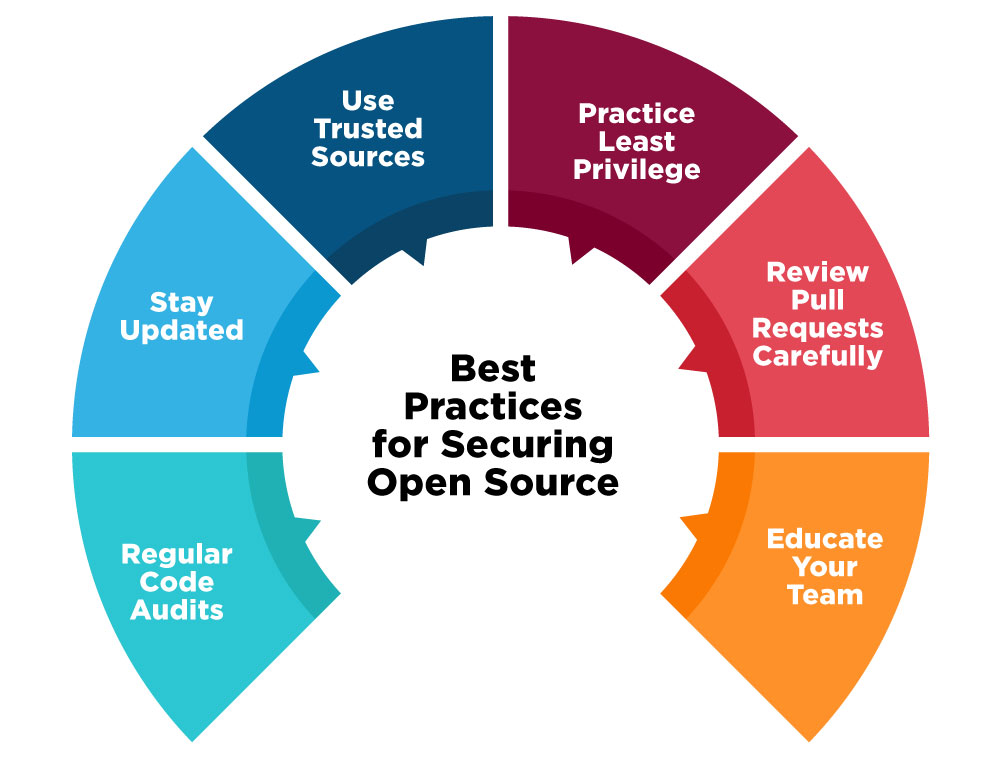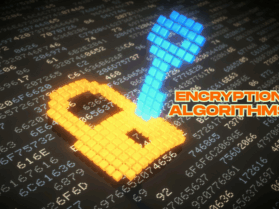Open source software powers our digital world, offering limitless possibilities. However, it is crucially important to integrate methods to responsibly protect such software from threats. Securing the code you rely on ensures not just your project's safety but the whole community's well-being.
Let’s dive into how we can protect and uplift the open-source ecosystem together.
Introduction to Open Source Security:
Open source applications are widely used in the modern IT industry. Many of the products and platforms we use on a daily basis are built on it. But along with power comes accountability, which is why open source security is so important.
Ensuring the safety of the code you use, distribute, and develop upon is the main goal of open source security. Open source initiatives provide amazing freedom and creativity, but if not managed correctly, they may also be dangerous.
Protecting your project and the greater community requires being alert, being aware of the weaknesses, and acting proactively. The goal is to establish a more secure and reliable environment for all parties.
Common Risks in Open Source Software
Despite its immense potential, open source software has several hazards. Vulnerable code is a big worry since anybody can contribute, which means that malicious code or lax security procedures might get through. Another problem is outdated dependencies, which expose components or libraries to known security vulnerabilities since they haven't been updated.
Another concern is licensing breaches, as employing code without the appropriate license compliance might result in legal issues. Not to mention supply chain attacks, in which a single piece of code can compromise whole systems due to weaknesses. The first step in creating safer open source projects is identifying these hazards.
Best Practices for Securing Open Source
Securing open source software requires constant attention and care. Here are some essential best practices to help you protect your code and your community:

- Regular Code Audits:
Check your code often for weaknesses. Make sure no harmful code has been inserted by using automated techniques to scan for known dangers. This maintains the safety and health of your codebase. - Stay Updated:
Make sure your dependencies are always current. One of the most frequent entrance points for security vulnerabilities is an outdated library. Make sure you regularly check and update them to avoid vulnerabilities. - Use Trusted Sources:
Pull dependencies and libraries exclusively from reliable repositories or official sources. Don't download from unidentified or unreliable websites since they can have unstated dangers. - Practice Least Privilege:
Restrict access to what is absolutely necessary. Giving users and contributors just the rights they require lowers the possibility of negative behavior. - Review Pull Requests Carefully:
Be careful when you accept other people's offerings. Examine each pull request carefully to make sure there are no security threats. No matter how little the modification is, do not bypass the review process. - Educate Your Team:
Prioritize security. Make certain that all project participants are taught to recognize possible hazards and comprehend the significance of security best practices.
Essential Tools for Open Source Security
Using the appropriate tools is essential to enhancing open source security. The following essential tools can help you improve the security of your open source projects:
- Static Analysis Tools:
These programs, such as SonarQube and Codacy, examine your code for any flaws without actually running it. They help you find problems early by spotting bugs, security holes, and code smells. - Dependency Scanners:
Tools like Dependabot and Snyk monitor and assess the security of the dependencies in your project. They automatically identify libraries that are out-of-date or vulnerable, keeping your project safe and current. - License Compliance Tools:
You may verify that the open source libraries you use adhere to license regulations with the aid of FOSSA and LicenseFinder. This helps appropriately handle open source licensing and steers clear of legal problems. - Security Testing Platforms:
Through automated security testing, platforms such as OWASP ZAP and Burp Suite assist in identifying vulnerabilities by mimicking attacks on your open source software. - Patch Management Tools:
You may keep ahead of security issues by using tools like Dependabot and Renovate, which automatically generate pull requests to update out-of-date or insecure dependencies.
Creating a Secure Open Source Culture:
Building awareness and accountability is the first step in developing a safe open source culture. From coding to testing, encourage your team to put security first at every stage of the development process. Encourage frequent sharing of information on security upgrades and vulnerabilities. Encourage everyone to keep an eye on and contribute to the project's safety. You provide a solid basis for safe open source software by fostering an environment of openness, learning, and proactive problem-solving.
Culture of Security for a Resilient Open Source Future!
Open source security isn't just a practice; it's a mindset. By prioritizing vigilance, collaboration, and proactive action, we can create a safer, more resilient digital world. Together, we can build a digitally secure future. Let's make it happen for all of us.
Join the movement - secure your open source projects today and help build a safer tomorrow!
If you want to grasp more insightful content on technology, visit us at SecureITWorld.
You may also like to read: Top 5 Open-Source Cybersecurity Tools You Can’t Afford to Miss





